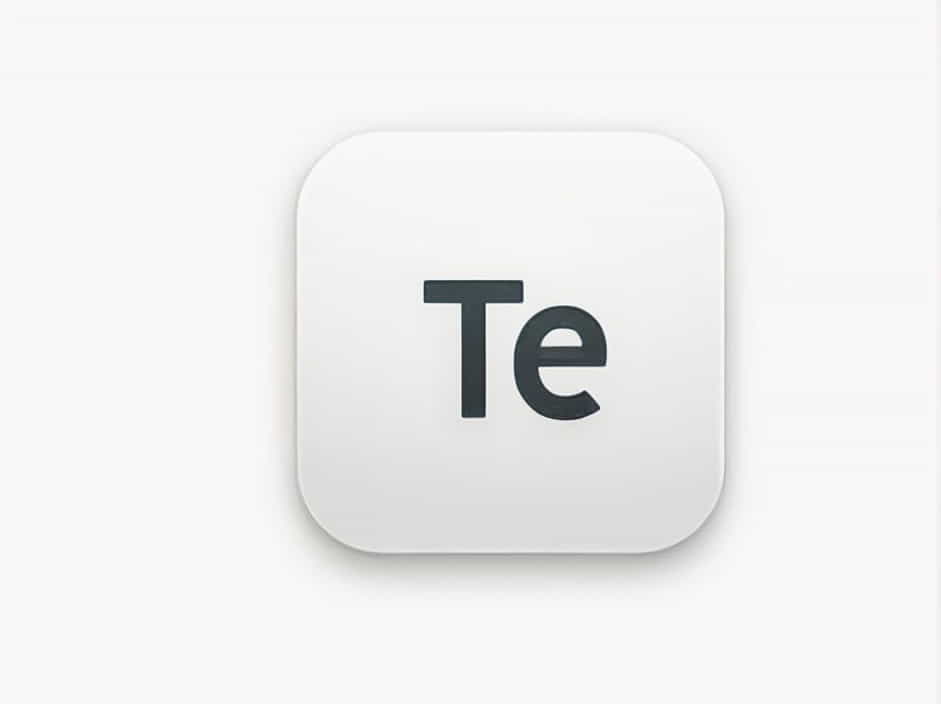Perutz Mechanism Of Oxygenation Of Hemoglobin
The Perutz mechanism of oxygenation of hemoglobin explains how hemoglobin, the oxygen-carrying protein in red blood cells, binds and releases oxygen efficiently. This mechanism, proposed by Max Perutz, describes the structural changes that occur when hemoglobin transitions between its deoxygenated (T-state) and oxygenated (R-state) forms. Understanding the Perutz mechanism is crucial in biochemistry and medicine, … Read more









